The Langeveld labs are research facilities where researchers conduct experiments and studies to understand human behavior and mental processes. These labs can range from basic science labs focused on fundamental aspects of cognition and perception, to applied labs studying real-world problems such as clinical disorders or education. Researchers use a variety of methods such as surveys, observation, and manipulations of environmental variables to answer questions for their experiments. Hover on the grey blocks in the map below to read more about the Langeveld labs and its layout.
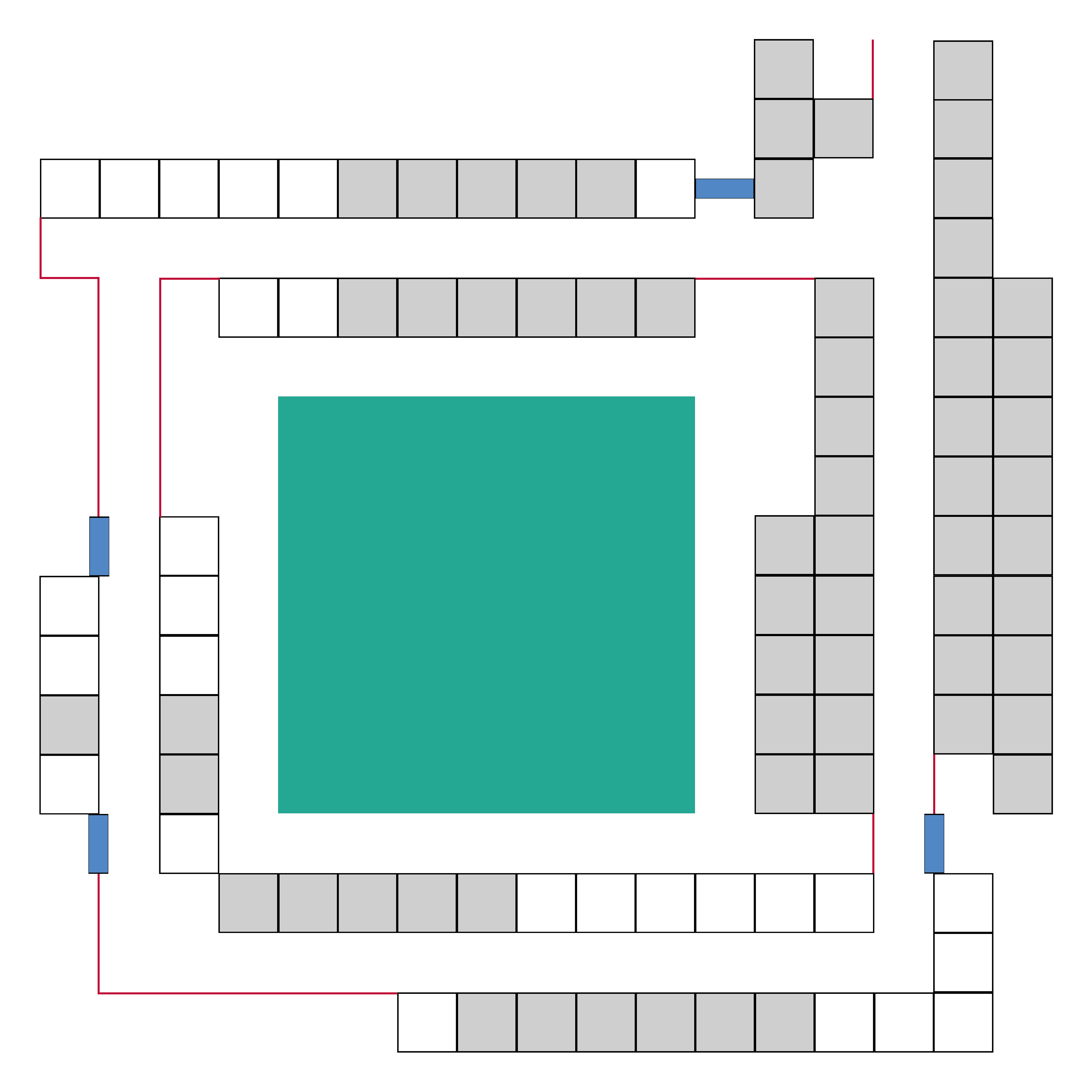
G007
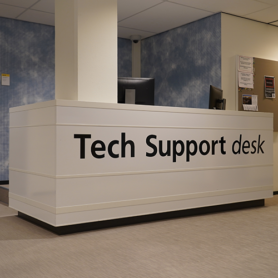
The Techsupport team offers the following services for UU FSS employees and students:
- Borrow equipment for office/research purposes
- Issuing UU hardware to FSS employees
- Inquire about lab related issues
- Offer support to hardware problems
Cubicles
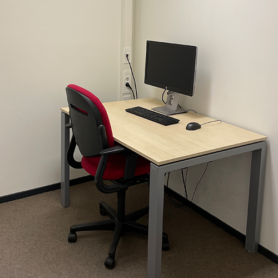
Cubicles have been set up with a monitor and PC for common research experiments.
Capacity per cubicle: 2
Temparature controlled Cubicles
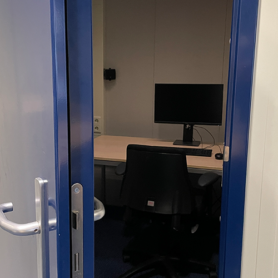
These cubicles are built for temperature sensitive experiments. It also contains a monitor and PC for common research experiments.
Capacity per cubicle: 2
Freezer
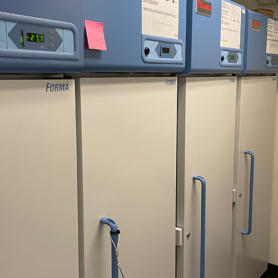
A special freezer room to store temperature sensitive research materials and/or samples.
G004

An extension of the Techsupport Desk where researchers are able to collect lab supplies for their experiments in the labs. You can find our listed supplies on our Lab Supplies page (Hardware > Lab Supplies).
DS7A
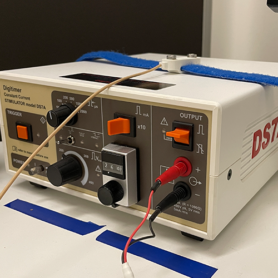
Some labs contain a DS7A setup in order to conduct electroshock experiments.
Capacity per DS7A lab: 2
Behavioural
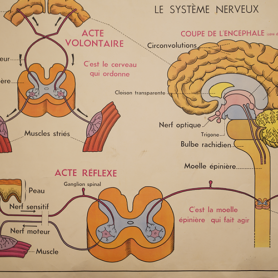
Behavioral study is a branch of psychology that examines observable human behavior, actions and reactions. It seeks to understand why and how people behave in certain ways, and the factors that influence their behavior. This can include social, environmental, cultural, and physiological factors. Research methods in behavioral study can include experiments, observations, and surveys.
Capacity per behavioral lab: 2
Observation
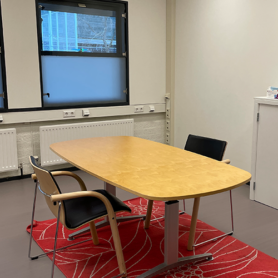
There are several observation rooms for observational studies. Experiments are held here that require a room that resemble a daily living room. Moreover, special rooms with one-way mirrors are also available if needed.
Capacity per observation room: 4
Data Processing
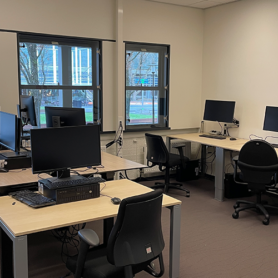
Several data processing rooms are available with PC's including research software.
Capacity: 25
EEG
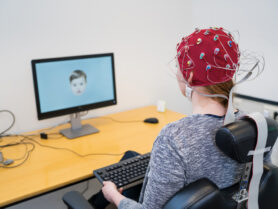
EEG experiment rooms contain two PC's, an acquisition and stimuli PC, to conduct EEG research. All necessary research software is preinstalled, i.e. Matlab, E-Prime and Presentation. Some EEG rooms have been set up with extra peripherals in order to meet the requirements of the experiment. Moreover, a researcher can sit separately from the participant in order to control their experiment.
Capacity per EEG room: 4
Eye Tracking
Eye tracking refers to the measurement of eye movements and gaze direction. It is used to study visual attention, cognitive processes, and human-computer interaction. Eye tracking is typically accomplished by using cameras, infrared light, or other methods to monitor the position and movement of the eyes. The data collected can be analyzed to determine where a person is looking, how long they are looking, and the path their eyes take as they scan a scene.
Capacity per eye tracking lab: 2
Psychofysica
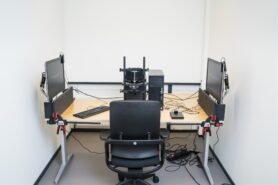
Psychophysics is the scientific study of the relationship between physical stimuli and the sensations and perceptions they elicit. It uses quantitative methods to understand how physical properties of stimuli (e.g. intensity, frequency, duration) are translated into perceptual qualities (e.g. brightness, pitch, duration). The goal of psychophysics is to develop mathematical models that describe this relationship.
Capacity per psychofysica lab: 2
TMS
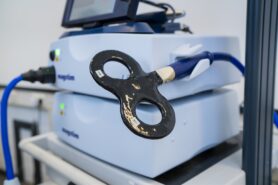
Special TMS labs have been set up for TMS studies.
Capacity per TMS lab: 2
VR
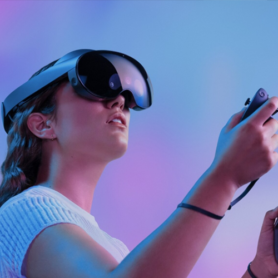
Virtual reality (VR) study is the use of virtual reality technology for research or educational purposes. This type of study can provide controlled and immersive environments for experiments or simulations in various fields, including psychology, sociology, neuroscience, and medicine. VR studies can offer advantages such as enabling ethical testing, reducing participant burden, and creating more realistic experiences.
Capacity per VR lab: 2
Special
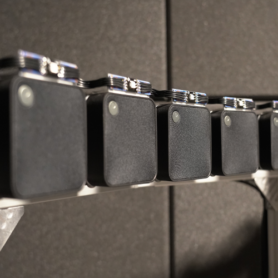
Special labs have been built in order to meet the requirements of the experiment, i.e. a soundproof lab or a driving simulator.
Cubicles

Cubicles have been set up with a monitor and PC for common research experiments.
Capacity per cubicle: 2
G005
ICTO has their office here.
Other offices
Our software developer has his office here.
More information
Please use our Tech Support Desk contact form.

